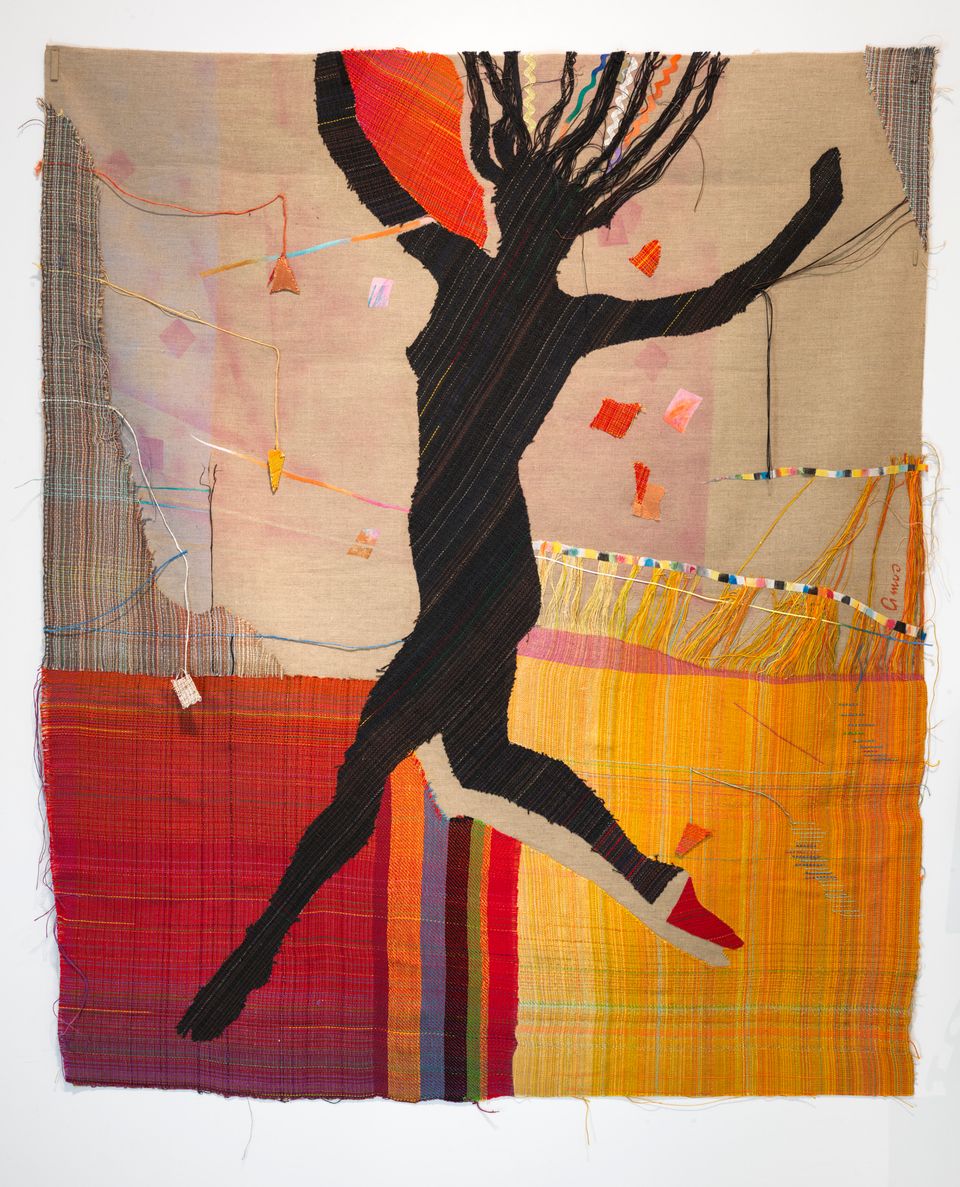Copied
Consuelo Jimenez Underwood, Virgen de los Caminos, 1994, embroidered and quilted cotton and silk with graphite, 58 x 36 in. (147.3 x 91.4 cm.), Smithsonian American Art Museum, Museum purchase, 1996.77
Copied
Artwork Details
- Title
- Virgen de los Caminos
- Artist
- Date
- 1994
- Location
- Not on view
- Dimensions
- 58 x 36 in. (147.3 x 91.4 cm.)
- Credit Line
- Museum purchase
- Mediums Description
- embroidered and quilted cotton and silk with graphite
- Classifications
- Keywords
- Religion — New Testament — Mary
- Allegory — civic — injustice
- Figure — fragment — skeleton
- Object Number
- 1996.77
Artwork Description
Videos
Exhibitions
May 31, 2024–January 5, 2025
The artists in Subversive, Skilled, Sublime: Fiber Art by Women mastered and subverted the everyday materials of cotton, felt, and wool to create deeply personal artworks.














